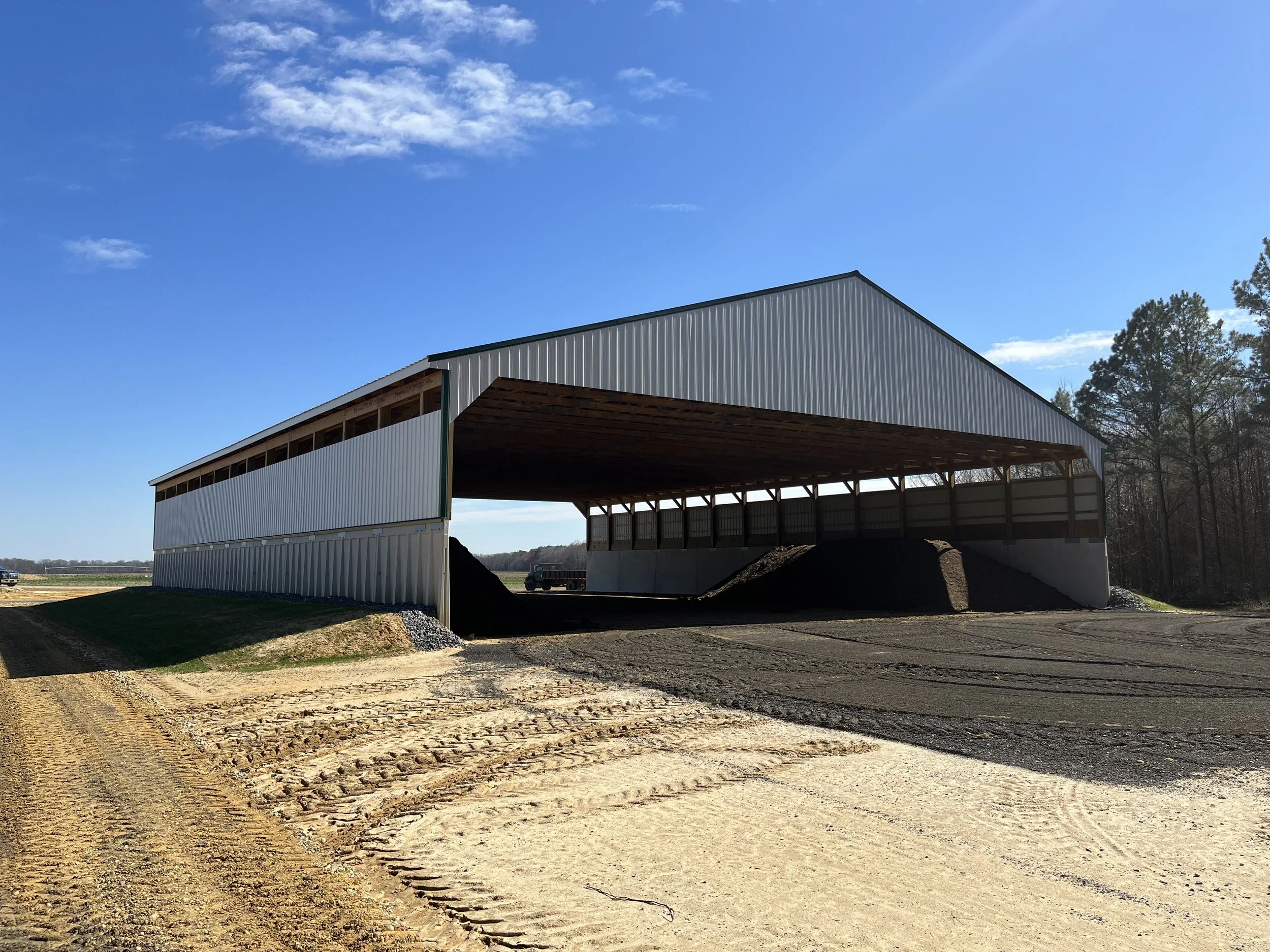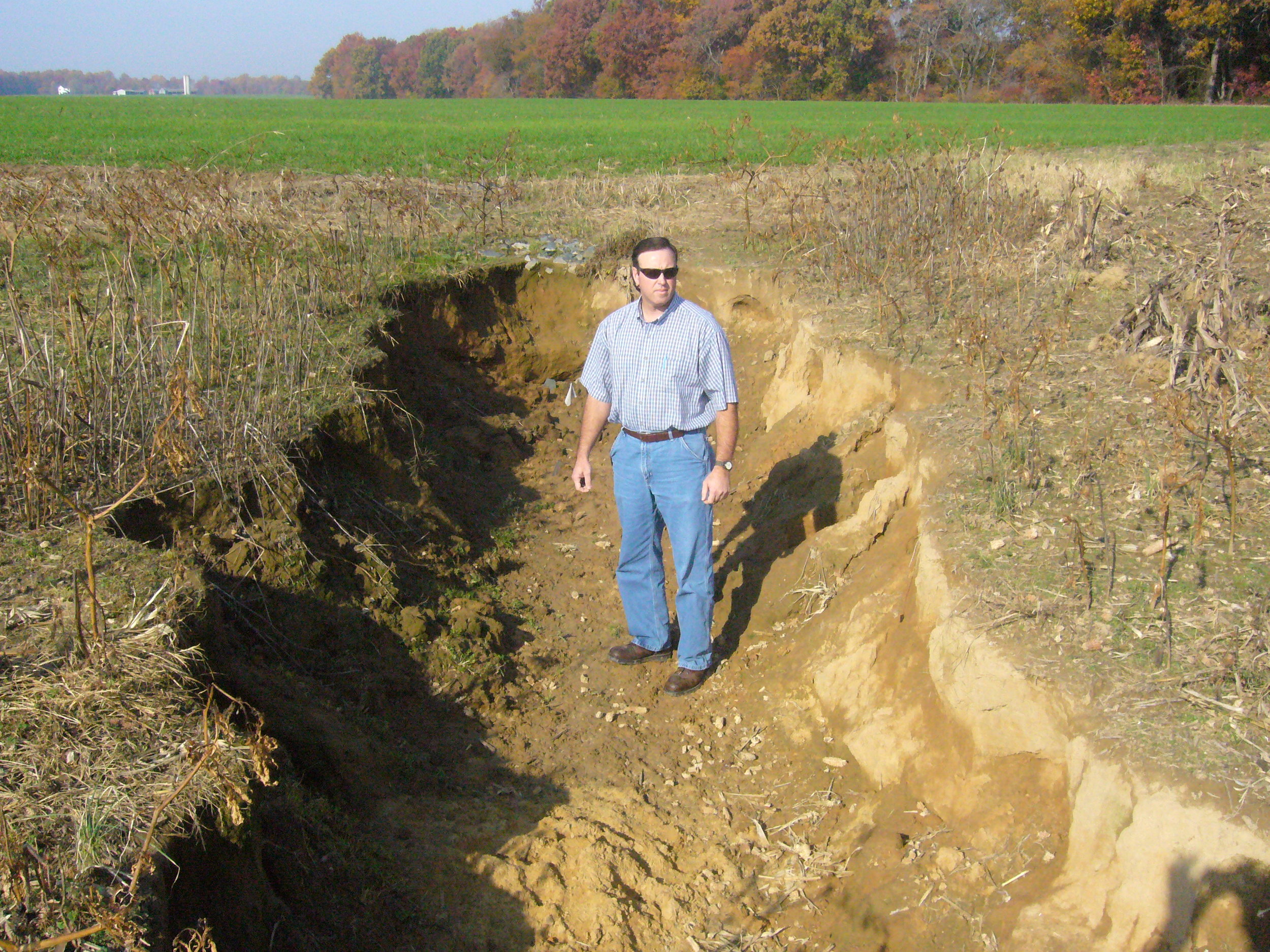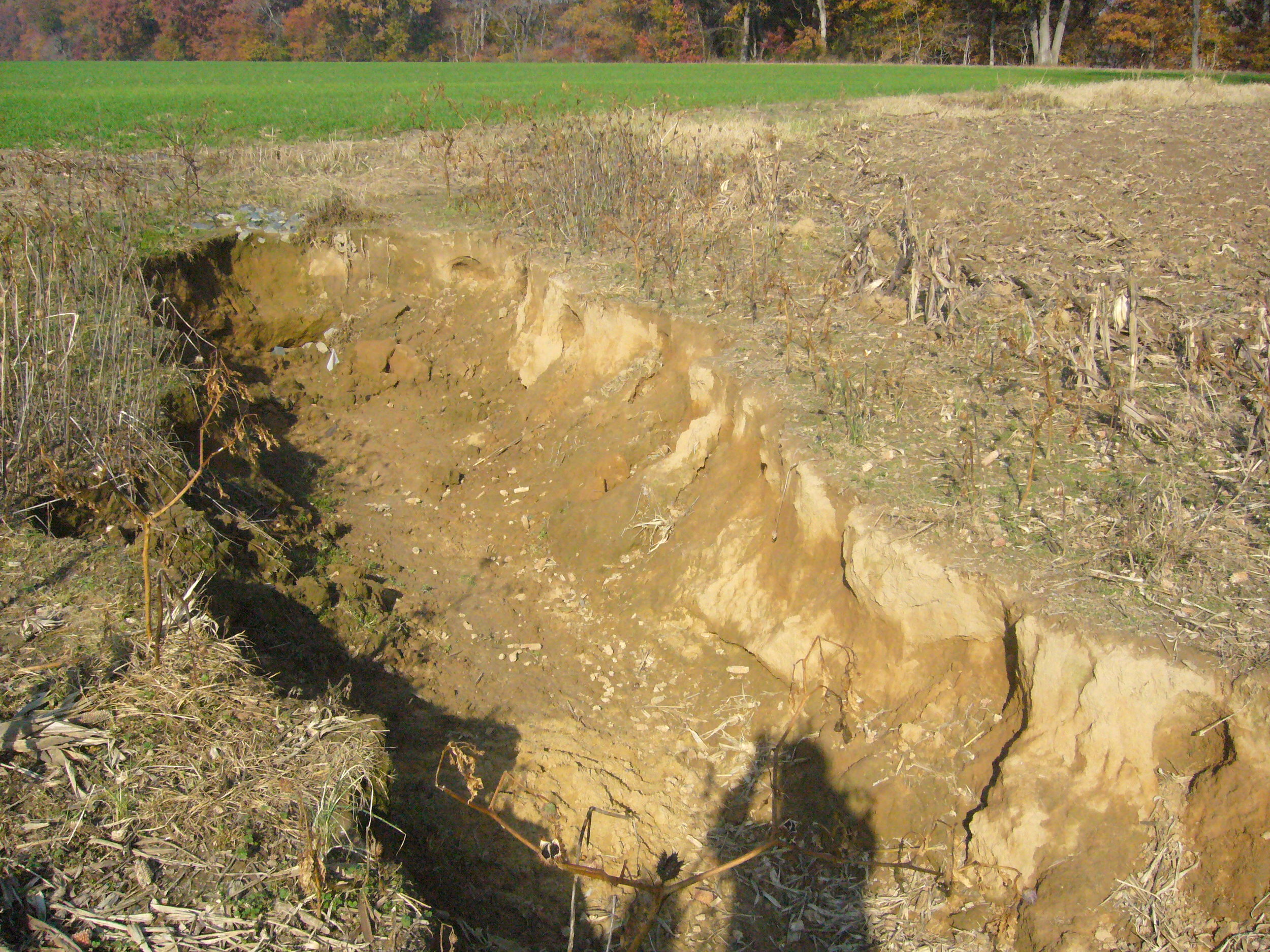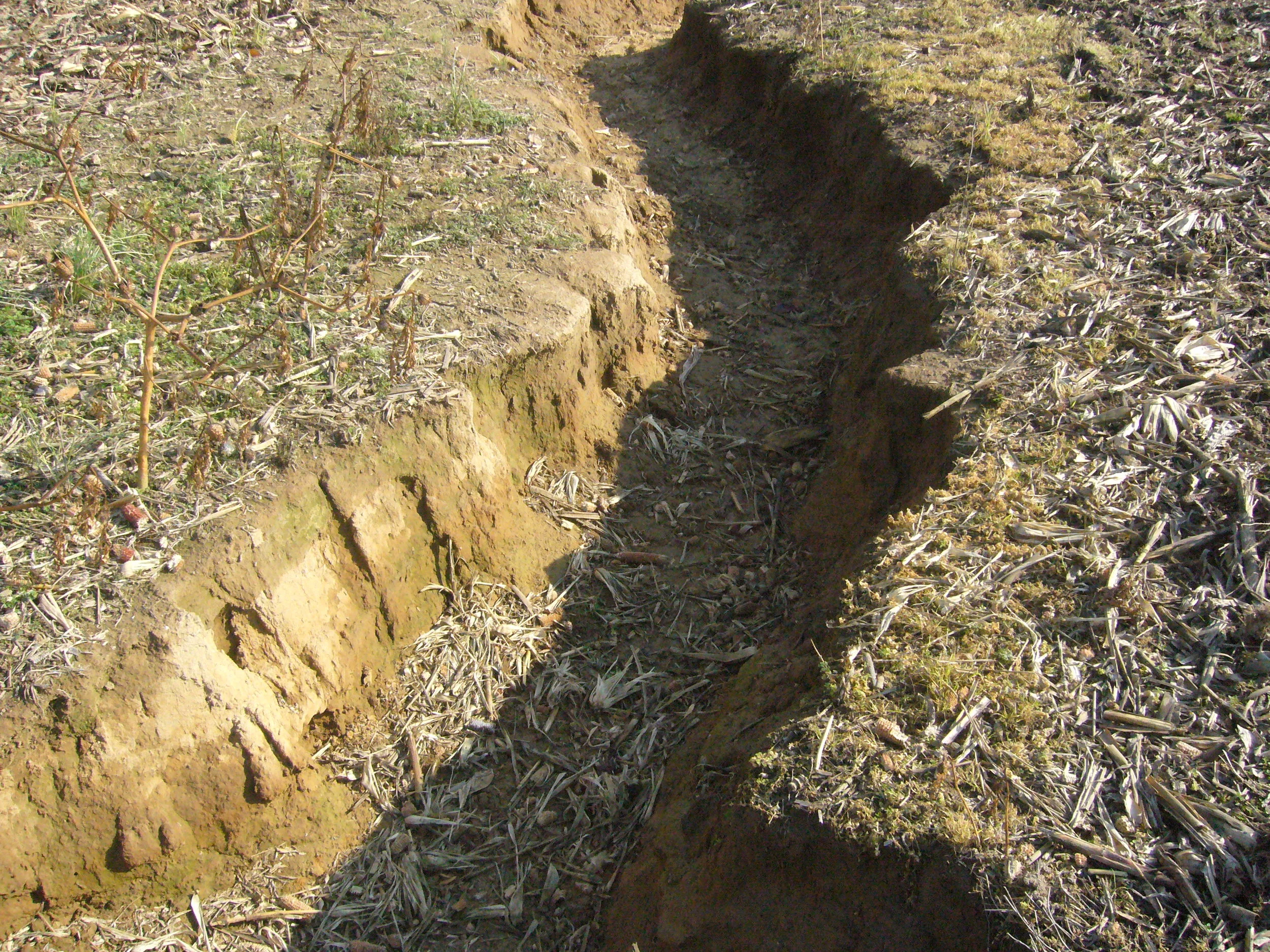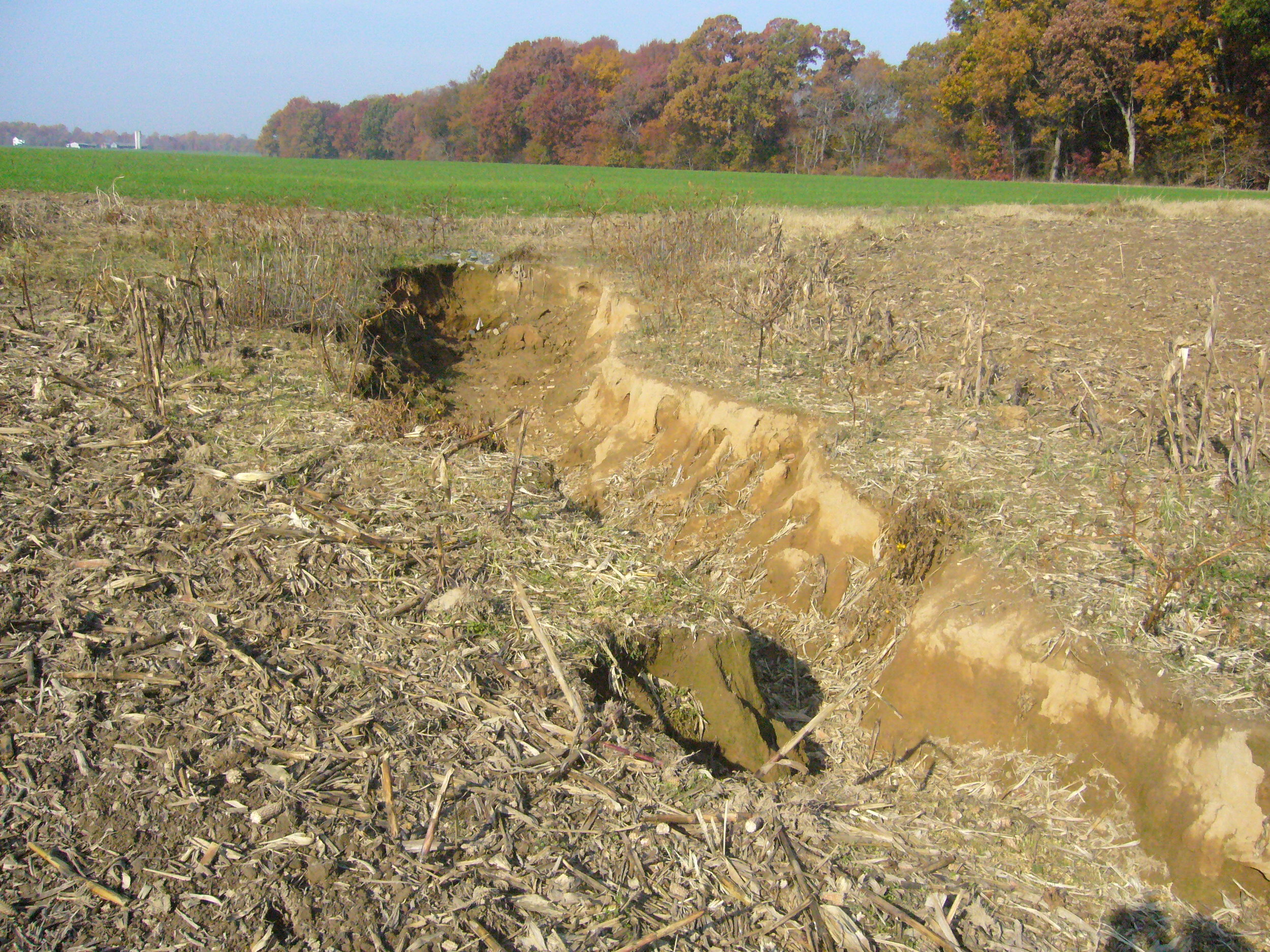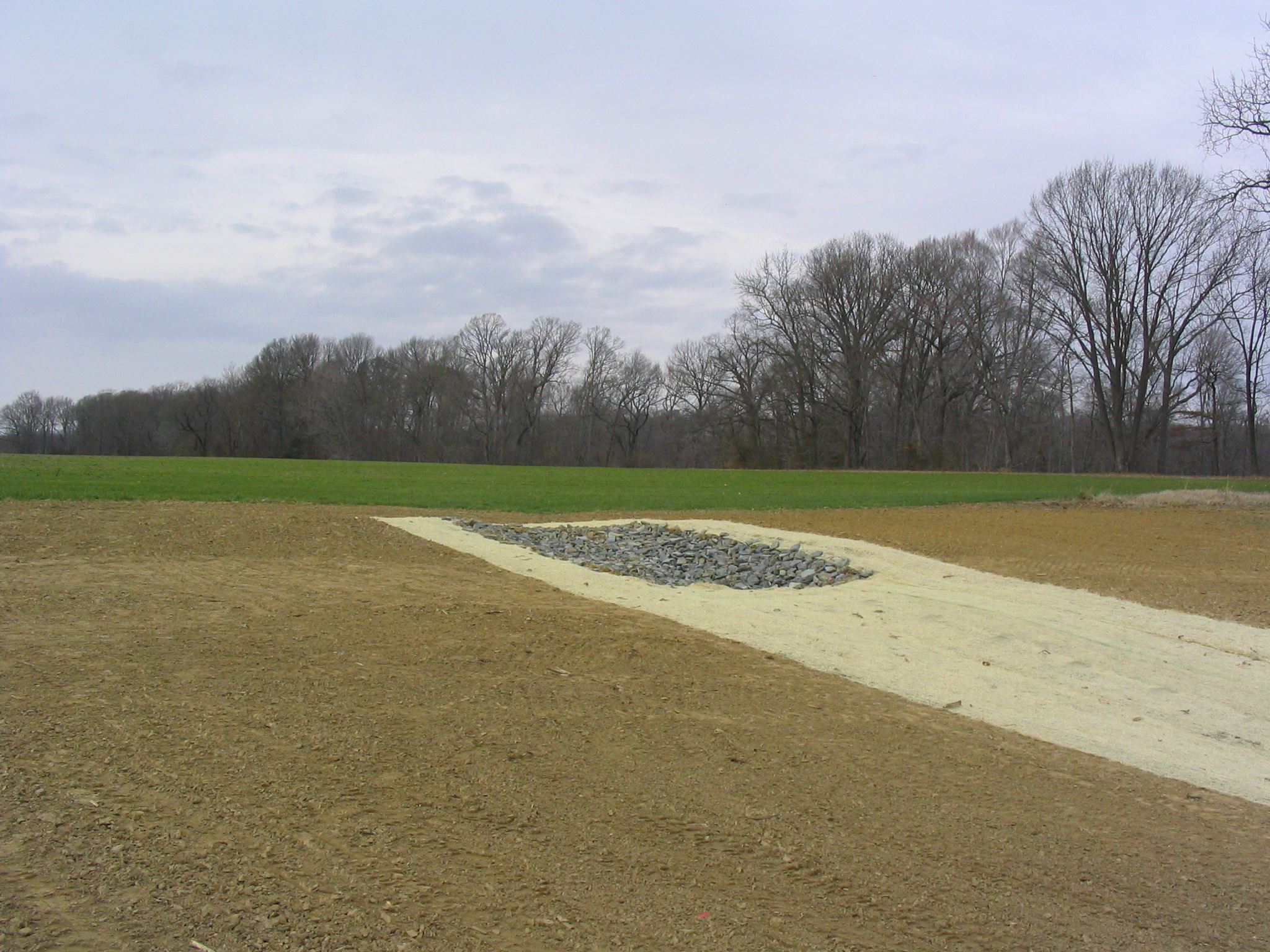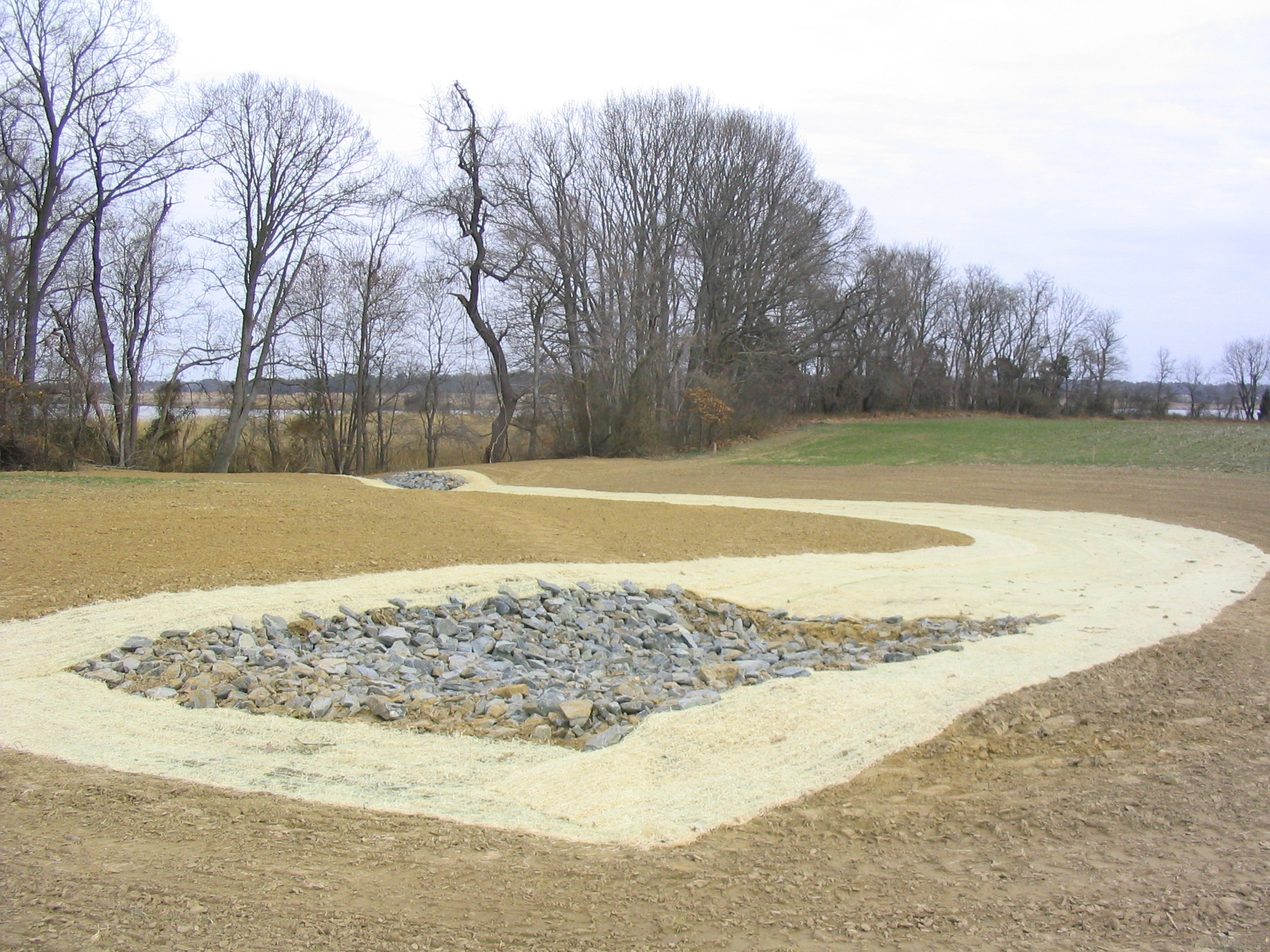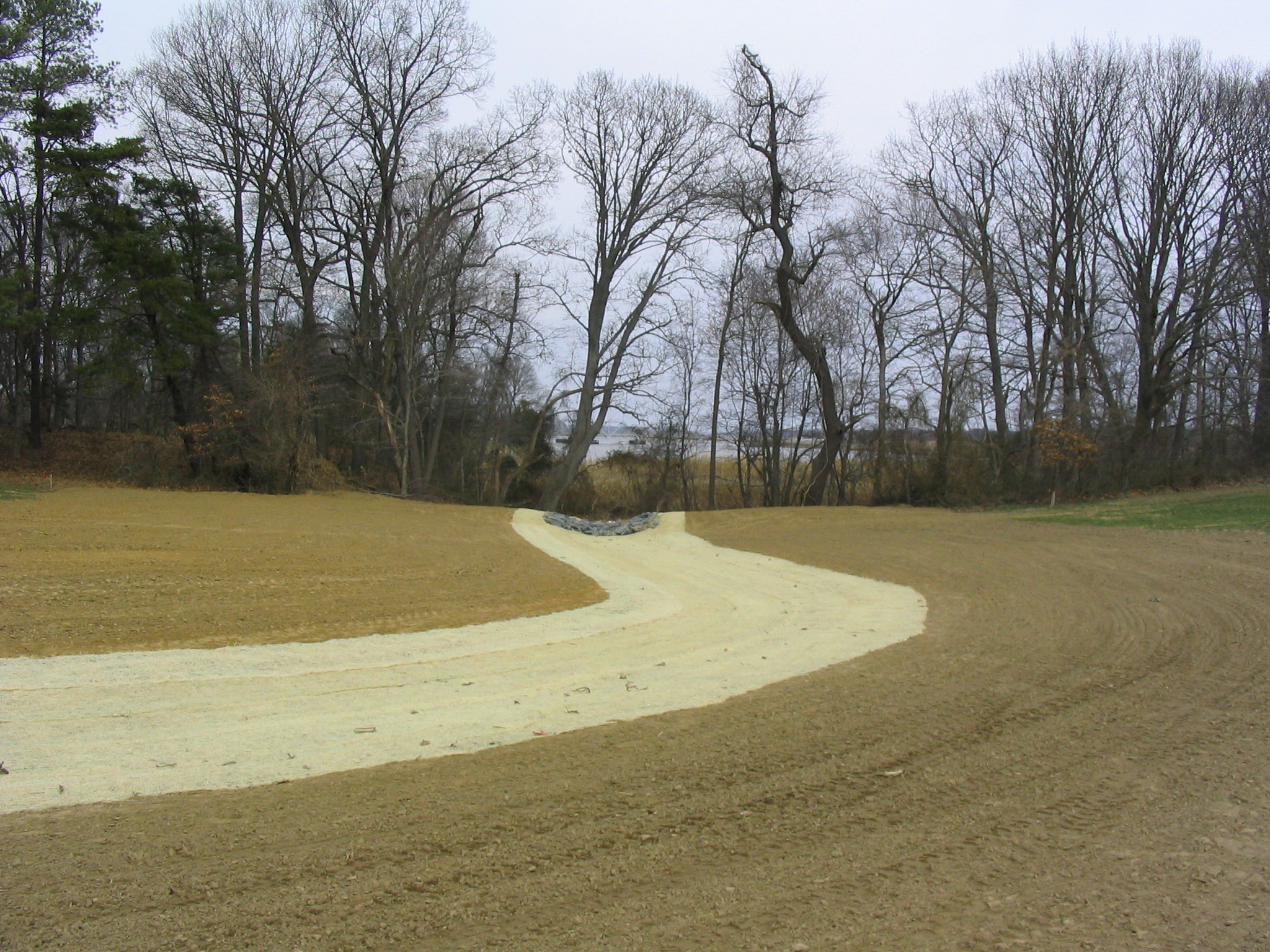|
The Maryland Agricultural Cost-Share Program (MACS) is now offering financial assistance for waste storage for producers who do not generate poultry manure. Talbot SCD can now accept applications for a Satellite Manure Storage Structure if your operation meets the following criteria:
Structures must consist of concrete walls with a wooden roof, and meet all other NRCS standards and specifications. For more information, visit https://mda.maryland.gov/resource_conservation/Pages/macs.aspx and click on 313- Waste Storage Structure or call the Talbot SCD office at 410-822-1577 x 5. |
|
Reduce erosion and reduce pollution from animal wastes so as to improve water quality through the installation of best management practices (BMP's).
Landowner/producer makes a request at the Talbot Soil Conservation District office, 28577 Mary’s Court, Suite 3, Easton, MD 21601, for each soil conservation and water quality measure prior to the time the improvement is to be made.
Cost-sharing grants are 65%, 87.5% and possibly 100% of the flat rate average cost in effect at this time the farmer submits the bills and claim for payment to the Talbot Soil Conservation District.
Flat rates are updated on an as needed basis.
For Animal Waste Storage Systems:
Up to 87.5% of the approved construction costs for eligible BMP’s.
Up to $100,000 per farm, with a maximum of $150,000 per farm, when combined with other BMP’s.
For all other BMP’s:
From 87.5% to 100% of the approved construction costs for eligible BMP’s.
Up to $35,000 per project, with a maximum of $75,000 per farm.
Cost-share grants may vary according to location of planned project and severity of the problem.
There is a $200 minimum cost-share grant payment.
Sign-up for this program is on a continuous basis.
|
Winter cover crops are planted to help control erosion, reduce nutrient runoff and protect water quality in streams, rivers and the Chesapeake Bay. This is an annual program; sign-up is usually in June or July. Program requirements and payment structure is always posted on the Maryland Department of Agriculture’s website, mda.maryland.gov.
Receive up to $60/acre to plant traditional cover crops ($40/acre base payment and up to $20/acre in add-on planting incentives)
No acreage caps
Traditional cover crops may not be harvested, but may be grazed or chopped for on-farm livestock forage after becoming well established. Kill-down/suppression may take place any time after March 1, but no later than June 1. Traditional cover crops qualify for add-on incentive payments if certain environmental guidelines are met.
Base Payment: $40/acre with add-on incentives for using highly valued planting practices
Acreage Cap: None
Manure Use: Yes, under special circumstances
Certification with the Talbot SCD: Within one week of planting
Kill down/Suppression: Between March 1 and June 1
|
Purpose:
CREP is a Maryland specific enhancement of the USDA CRP program. CREP operates similar to the CRP, offering enrollee’s payment for taking certain highly erodible land, cropland, and pasture lands (in riparian areas) out of agricultural production and establishing conservation buffers of grass or trees.
Sign-up for this program is on a continuous basis.
CREP will pay enrollees a variable incentive rate that is above and beyond the soil rental rate for the offered site. The incentive will be 100% for the planting of riparian forest buffers and 80% for retiring highly erodible land, and cropland buffers and restoring wetlands.
Cost-Share for grass, trees and other BMP’s can be up to 100% of the eligible costs not to exceed the established average cost of installation.
Participants receive:
Federal sign-up bonus
40% practice incentive bonus
State sign-up bonus - $100/ac.


